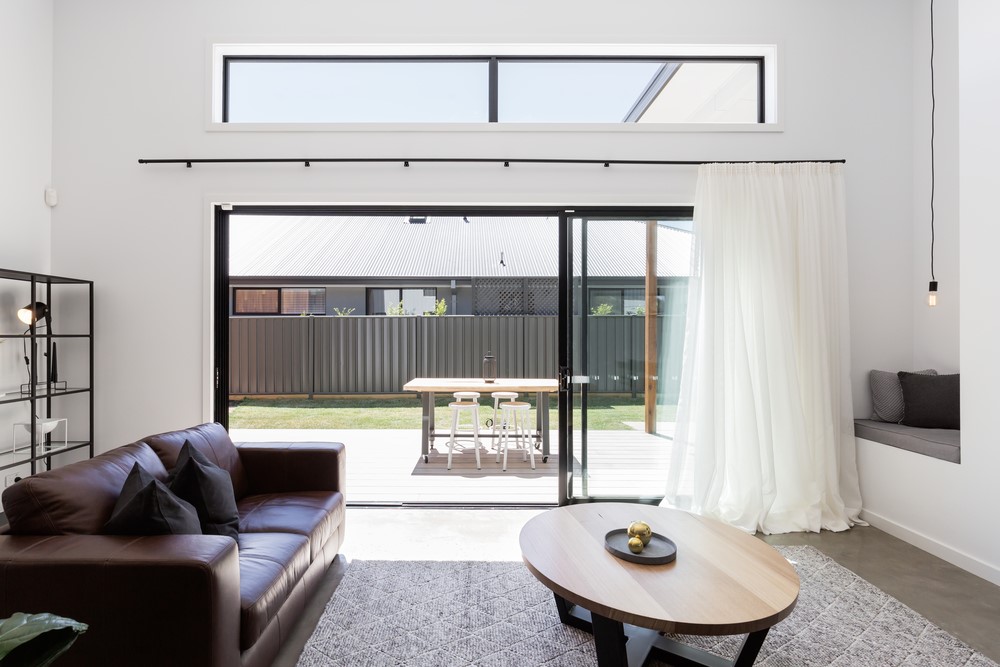It’s safe to say that homeownership is something that most of us aspire to. But the chance to actually have the final say in the building process is a reality that few people can enjoy for various reasons. For aspiring homeowners getting this process right is crucial as you may likely get only one opportunity to take action.
Continue reading to learn how to make informed decisions, avoid pitfalls, and create an exceptional home that reflects your family’s unique needs and wishes. You’ll learn essential questions to ask yourself to accurately design the space you deserve while staying within your budget.
Set A Realistic Budget
“What kind of property can we afford, and how do we mitigate problems?”
Building a home from scratch requires establishing a solid physical and financial foundation. Every decision in the process is influenced by the answers to this question. With that, be sure to take stock of your current finances, assets, and liabilities. Account for all income, savings, and financing options available. Use a borrowing power calculator to put number estimates on different scenarios and discuss these results with your financial advisor to rank your choices.
Build contingency planning within your equations to account for problems that will arise. You’ll need to adapt to construction challenges involving weather, the costs of labour, and also land issues (i.e. erosion, soil contamination, etc.).
Market fluctuations will also potentially influence raw materials supply and delivery. If you change your original design plans, the final costs may increase. We recommend building in some financial flexibility to account for these challenges before construction starts. This might take the form of a contingency loan or alternative funding access to secure the foundation of your dream home.
Location is Everything
“What should I consider when choosing my home’s location?”
The factors you should consider when deciding on a location revolve around your lifestyle. If you have children or plan to raise a family, focus on nearby access to quality schools.
Evaluate the neighbourhood’s safety by researching crime statistics and whether the city has adequate emergency services like police and fire departments. Easy access to medical care via nearby hospitals and patient care clinics is another factor affecting neighbourhood value.
If you have a daily commute for work, how do the nearby transportation options stack up? Is there a main highway nearby, and what do the public transportation options offer?
What are the future plans for development in the neighbourhood? If the future includes significant building prospects, this bodes well for your property values, as does nearby entertainment and retail shopping venues, which allow for a more convenient lifestyle where commute times and, thus, stress levels are reduced.
Home Style Considerations
“What interior or architectural styles should I select for my new home?”
Choosing a design style for the home you intend to build is naturally going to be a little tricky. After all, the choice depends on so many factors. Obviously, it should reflect your stylistic preferences and the functional desires you wish for. Building from scratch often gives people so many choices that they find the decision process overwhelming.
But we have to add that external factors may also need to be taken into consideration here. Suppose the neighbourhood’s subdivision has specific stylistic guidelines or influences governing exterior styling. In that case, you may be facing legal regulations that seek to preserve the architectural look and feel of the area.
Even so, figuring out how your vision for the home aligns with these regulations may require some work for yourself and the real estate representative and home designer you’ve contracted with. You’ll enjoy more stylistic freedom for the interior to tailor things according to your needs and desires. Things like room layout and sizing, special features, and technology upgrades depend on your tastes and budget limitations.
Settling on the style for your home ultimately means arriving at an inflexion point where several compromises are reached, where all parties involved have had their say and decided they can live with the decisions. Be aware this process may take significant time and negotiation.
Prepare for the Future
“How can I future-proof the home, ensuring it continues to meet my family’s needs?”
You want your newly built home to remain valuable, functional, and comfortable for years. Industrial computer technology continues to bleed over into home construction rapidly, giving us the benefits our ancestors never dreamed of in our living spaces.
When starting a building project from scratch, it’s vital to plan for the installation of this smart home technology to preserve the home’s value. Features like advanced security systems, internet backbone connectivity, and smart thermostats are a few items that are now considered by some home buyers to be the bare minimum in terms of requirements before they consider purchasing the home. So, if you plan to sell down the road, ensure you’ve devoted considerable time evaluating the technology and adaptability built into your design. This will make your home attractive to buyers 10 to 15 years later.
Defining Your Vision
Beginning the home-building process means asking yourself and your spouse significant questions before the first ground is broken. This structure will be the space in which your life’s story is written, so embrace the process of uncovering your true desires, and don’t shy away from seeking help from qualified financial advisors and real estate experts. Informed decision-making leads to knowledge and the confidence you’re on the correct path to building a valuable asset in your portfolio.

